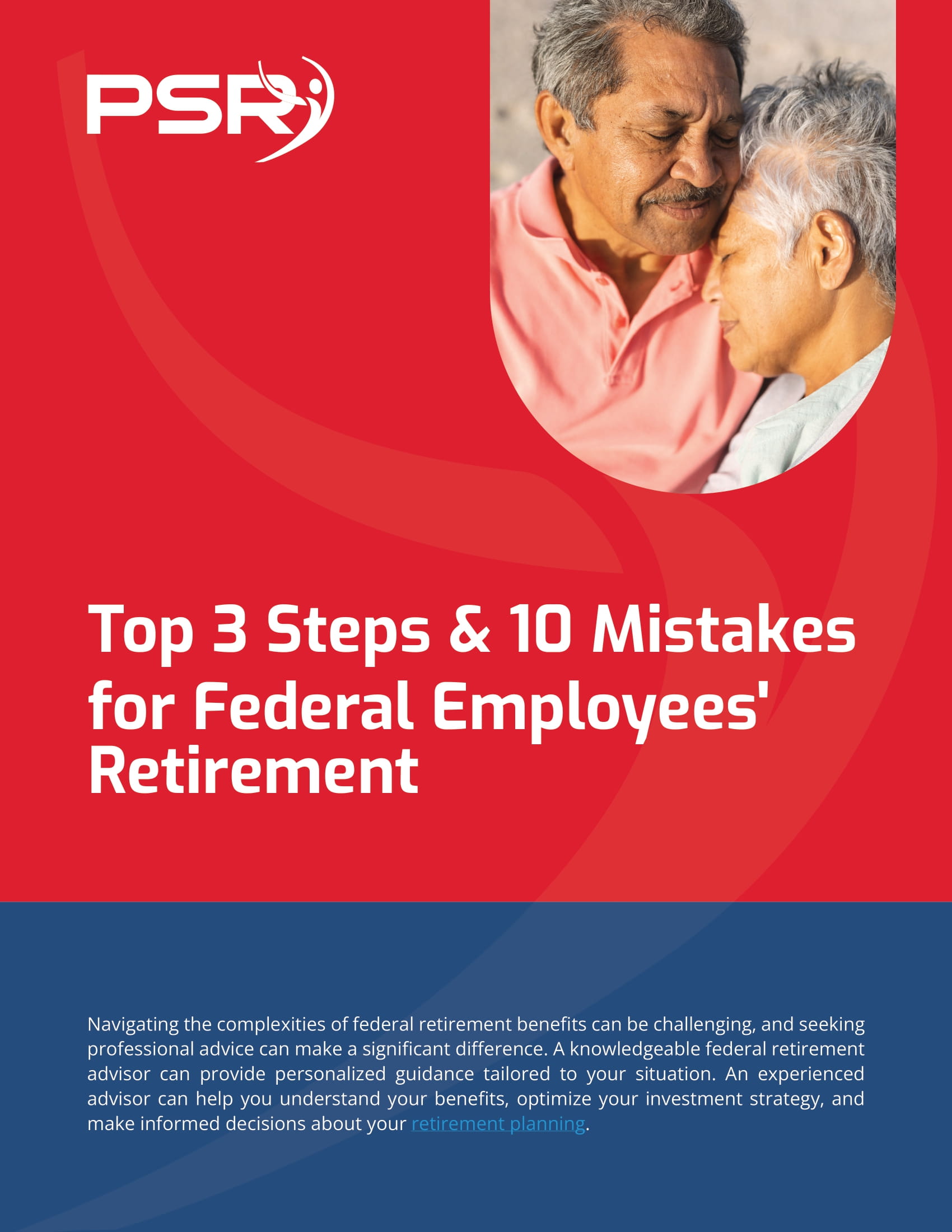Key Takeaways
-
If you’re still covered under CSRS in 2025, your retirement benefits may be more robust than you realize—especially when compared to newer federal systems.
-
CSRS offers guaranteed pensions without mandatory Social Security deductions, making it a unique asset for retirement planning.
The Legacy of CSRS in a FERS-Dominated Era
In 2025, the Civil Service Retirement System (CSRS) might seem like a distant relic to many federal employees. After all, it was officially replaced by the Federal Employees Retirement System (FERS) in 1987. But if you’re still covered under CSRS, you’re part of a shrinking yet fortunate group.
CSRS was designed during an era when defined benefit plans
- Also Read: 5 Proposed Federal Policy Changes That Could Impact Your Pay, Retirement, and Job Stability in the Coming Years
- Also Read: 5 Special Retirement Perks That Law Enforcement Officers Get That Other Federal Employees Don’t
- Also Read: 3 Key Things to Watch for When Picking a FEDVIP Plan During Open Season to Get the Best Coverage
Understanding the Structure of CSRS
The CSRS annuity is built on years of service and a high-three average salary. Here’s how it works:
-
Eligibility typically requires at least 5 years of civilian service, but full benefits often come after 30 years.
-
High-3 average salary is based on your highest-earning consecutive 36 months of service.
-
Multiplier is generous, starting at 1.5% and increasing with years of service.
This formula results in a pension that can amount to as much as 80% of your high-3 salary if you’ve served for 41 years and 11 months or more.
No Mandatory Social Security Deductions
One of CSRS’s most underrated benefits is its exemption from mandatory Social Security taxes. If you’re under CSRS and not covered by Social Security through other work, you don’t pay the 6.2% Social Security tax on your federal salary. That alone can represent thousands in annual savings throughout your career.
However, this exemption comes with a caveat: you don’t automatically receive Social Security benefits unless you qualify through other employment. If you do have enough credits from non-federal work, your Social Security may be subject to the Government Pension Offset (GPO) and the now-repealed Windfall Elimination Provision (WEP).
What’s Changed in 2025
As of January 2025, WEP is no longer in effect, thanks to the Social Security Fairness Act. This change means if you’re eligible for Social Security from non-CSRS work, you’ll no longer see your benefit reduced by the WEP formula. That’s a major gain for CSRS retirees who had other jobs before or during their federal service.
The GPO, however, still applies if you’re claiming Social Security spousal or survivor benefits, and it can significantly reduce or eliminate that portion.
COLAs That Actually Keep Up
Cost-of-Living Adjustments (COLAs) for CSRS retirees are another strength. You receive full COLAs based on the Consumer Price Index (CPI), unlike FERS retirees who only receive the full increase when inflation is 2% or less. For example:
-
If CPI is 3.2% in 2025, you receive the full 3.2% COLA under CSRS.
-
A FERS retiree would receive only 2.2%, due to the diet-COLA rule.
Over the span of 20 years, this difference can compound dramatically, especially in inflationary environments.
Survivor Benefits with Predictability
CSRS allows you to elect survivor benefits for your spouse, which reduces your annuity by a set percentage. The standard reduction is 10%, providing a survivor annuity of 55% of your unreduced pension. This option, though traditional, gives clear expectations and long-term security to spouses who rely on federal income.
It’s important to finalize your survivor election carefully at the time of retirement, as changes afterward are limited and often require a reduction in annuity or proof of insurability.
Health Benefits That Stick
One of the often-overlooked perks of CSRS is continued eligibility for FEHB—the Federal Employees Health Benefits program—into retirement. If you were continuously enrolled in FEHB for the five years leading up to retirement, you can carry it into retirement without interruption.
FEHB plans remain available in 2025, and while premiums have increased (by about 13.5% in 2025), the government still covers roughly 70% of the total premium cost. That level of subsidy is rare in the private sector and a key financial advantage.
If you’re a Postal Service annuitant, you’re now covered under the new PSHB (Postal Service Health Benefits) program, which replaced FEHB for postal workers starting in 2025. The rules are similar, but integration with Medicare Part B is mandatory for most, depending on your retirement date.
The Pension: Your Primary Financial Asset
For many CSRS retirees, the pension becomes the cornerstone of retirement income. It’s predictable, inflation-adjusted, and free from market volatility. Here’s how it stacks up:
-
Predictable Income: Monthly payments do not fluctuate based on investment returns.
-
Inflation-Adjusted: Full COLAs provide long-term protection.
-
Longevity Protection: Payments continue for life, regardless of how long you live.
You’re not required to make withdrawals like you would with a Thrift Savings Plan or IRA. There are no required minimum distributions (RMDs) for your CSRS annuity.
Supplementing Your Income
Though CSRS doesn’t include Social Security by default, many retirees build other income streams:
-
Thrift Savings Plan (TSP): If you voluntarily contributed, your TSP balance can supplement your annuity.
-
Private Investments: Many CSRS employees saved through IRAs or taxable accounts.
-
Social Security: If you worked in the private sector long enough, you’re eligible for benefits (with the WEP repeal improving this outcome).
Taxation Considerations in 2025
CSRS annuities are subject to federal income tax, though part of each payment is tax-free until you’ve recovered your contributions. This is calculated using the simplified method for annuity taxation.
Most states also tax CSRS income, though some states exempt federal pensions or offer partial exclusions. It’s wise to review your specific state rules or speak with a professional.
When to Retire: Timing Still Matters
Although many CSRS employees are already eligible or retired, if you’re still working in 2025, you should consider these timing factors:
-
Minimum retirement age varies based on your years of service.
-
Voluntary retirement is typically available at age 55 with 30 years of service, age 60 with 20 years, or age 62 with 5 years.
-
Unused sick leave can increase your annuity. Every 174 hours equates to about one month of service credit.
Taking advantage of the high-three salary period right before retirement is also key. Maximizing earnings in your final years can yield lifelong benefits.
A Vanishing Group with Valuable Benefits
In 2025, fewer than 44,000 federal employees remain under CSRS. Most are nearing or already in retirement. This makes your benefit structure rare—and all the more valuable. Understanding the layers of your plan helps you maximize its potential.
Despite not being eligible for certain newer federal benefits, CSRS retirees often come out ahead in terms of overall financial security, especially when considering lifetime income and inflation protection.
Make the Most of Your CSRS Advantage
As someone still covered by CSRS in 2025, you hold a retirement asset that’s nearly impossible to replicate today. From full COLAs and guaranteed pensions to continued health coverage and survivor benefits, your plan delivers a level of predictability that many modern employees can only hope for.
If you want to make the most of your CSRS benefits, consider speaking with a licensed agent listed on this website for professional advice tailored to your situation.








